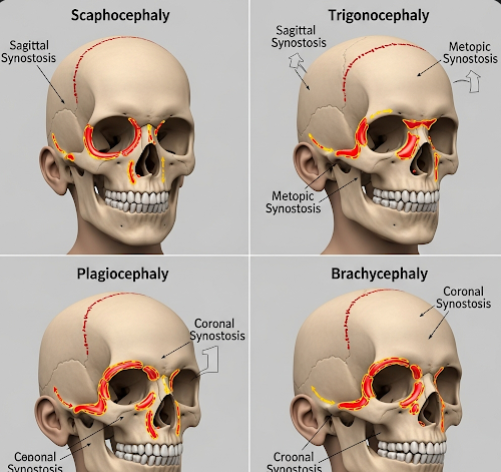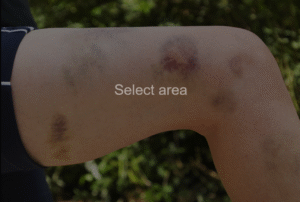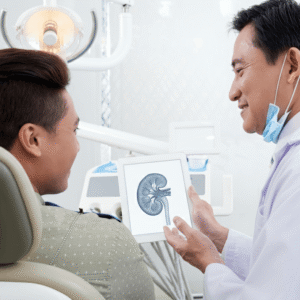Overview
Craniosynostosis is a congenital condition where one or more of the sutures in a baby’s skull close too early, leading to abnormal head shapes and sometimes increased intracranial pressure. In Korea, early diagnosis and treatment are emphasized, with advanced pediatric neurosurgery and craniofacial surgery available at specialized hospitals.
What is Craniosynostosis?
It is a condition in which the fibrous joints (sutures) between the bones of an infant’s skull fuse prematurely, before the brain has fully developed. This can cause the skull to grow in an abnormal shape and may sometimes affect brain growth or function.
Symptoms
- Abnormally shaped head (long, narrow, wide, or asymmetric)
- Raised, hard ridge along the affected suture
- Slow or no growth of head circumference
- Possible facial asymmetry
- Developmental delays or increased intracranial pressure in severe cases
Causes
- Sporadic occurrence (most cases have no clear cause)
- Genetic syndromes (e.g., Crouzon, Apert, Pfeiffer syndromes)
- Certain prenatal exposures or conditions (rare)
Risk Factors
- Family history of craniosynostosis or craniofacial syndromes
- Male babies are slightly more affected than females in some types
- Associated with other congenital anomalies in syndromic forms
Complications
- Cosmetic concerns and facial asymmetry
- Increased intracranial pressure if untreated
- Developmental delays or vision/hearing problems (rare)
- Need for multiple surgeries in syndromic cases
Prevention
- Most cases cannot be prevented
- Genetic counseling for families with known craniofacial conditions
- Regular prenatal care and ultrasound may detect abnormal skull shapes
Treatment Options in Korea
South Korea has highly advanced pediatric neurosurgical and craniofacial centers (e.g., Seoul National University Hospital, Asan Medical Center). Treatment typically includes:
1. Diagnosis
- Physical examination of the head and sutures
- 3D CT scan or MRI to assess fused sutures and brain space
- Genetic testing if syndromic form suspected
2. Surgical Treatment
- Cranial vault remodeling or strip craniectomy: Performed usually before 1 year of age to correct skull shape and allow normal brain growth
- Endoscopic surgery: Minimally invasive option for early-diagnosed single suture cases, often followed by helmet therapy
3. Post-Surgical Care
- Helmet therapy to guide skull growth after surgery
- Regular follow-up imaging and developmental assessments
- Multidisciplinary care if syndromic













